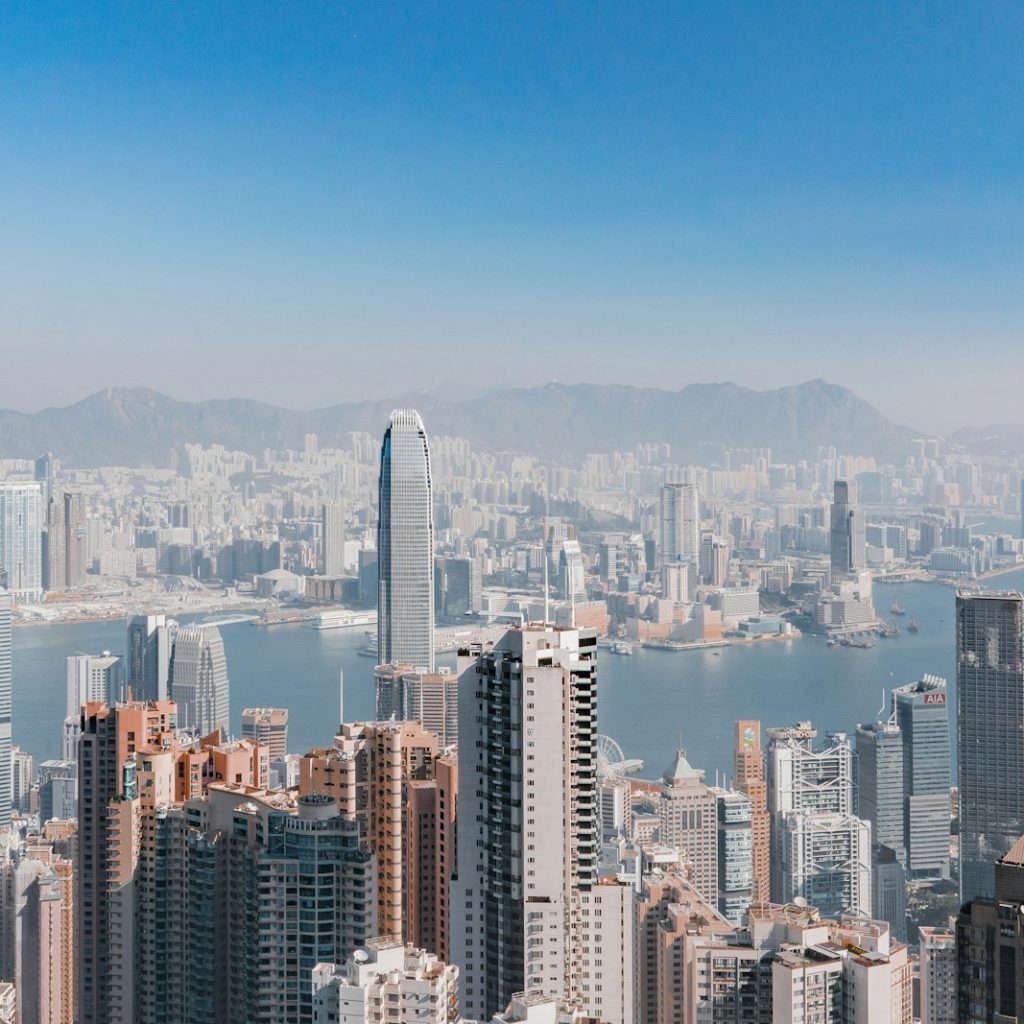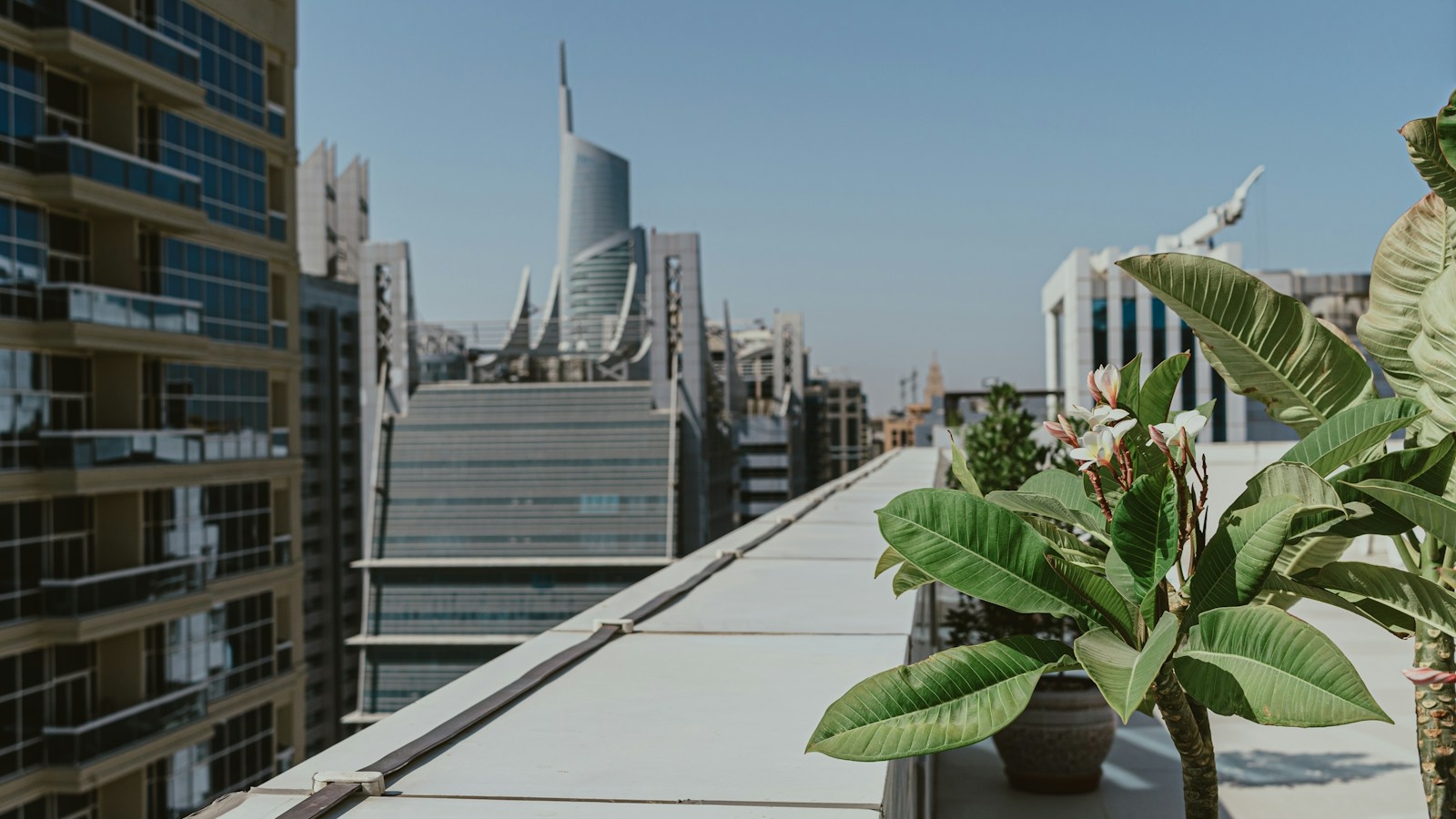In Hong Kong, the post-pandemic shift towards hybrid work and neighbourhood-focused living has transformed the essence of interior design. No longer just about aesthetics, sustainable design now functions as an integrated system that prioritises health, efficiency, and environmental responsibility. In a city renowned for its high-density living and limited space, every designed environment must strike a delicate balance—delivering residential comfort and supporting productive work wherever people are, whether at home, in co-working hubs, or within communal lounges. The true heart of sustainable interior design lies in maximising social and economic value with minimal ecological cost, which means considering the lifecycle of materials, energy efficiency, user wellbeing, and the flexibility to adapt each space to changing needs. As working and living zones overlap more than ever in Hong Kong’s compact urban fabric, thoughtful design choices can help reduce overall carbon footprints while enhancing the quality of life for individuals and communities.
Low-Carbon Materials for Hong Kong
In Hong Kong’s compact living spaces, choosing materials that are both eco-friendly and durable is essential for a truly sustainable lifestyle. Designers are increasingly turning to FSC-certified wood, bamboo, recycled aluminium, and reclaimed plastics, coupled with low-VOC paints and adhesives to safeguard indoor health. Modular furniture systems have become a practical solution, enabling residents to extend the life cycle of their furnishings through repair, upgrades, and eventual recycling. This approach not only minimises waste but also supports the city’s long-term net zero carbon HK ambitions. By prioritising locally sourced or rapidly renewable materials, Hong Kong interiors can maintain design excellence while reducing transportation emissions, aligning everyday living with wider climate goals.

Healthy Lighting and Indoor Wellbeing
Light and air quality play a critical role in how urban residents experience both work and relaxation at home. Sustainable design in Hong Kong maximises natural daylight through smart spatial planning and high-performance glazing, while installing adjustable, high-CRI LED lighting to match human circadian rhythms. Energy-efficient systems with sensors ensure illumination responds to occupancy and function, reducing electricity use without sacrificing comfort. Indoor air quality is boosted through the combination of green building materials, mechanical ventilation, and plant-based passive purification, supported by CO₂ and PM2.5 monitoring for dynamic fresh-air control. Acoustic comfort is achieved through layered sound-absorbing finishes like fibre panels, wool fabrics, and recycled soft materials, while thermal comfort is enhanced by efficient insulation, shading systems, and ceiling airflow design. Together, these strategies create interiors that nurture productivity and wellbeing, perfectly tailored to Hong Kong’s urban lifestyle.
Adaptive Workspaces and Circular Systems in Hong Kong
In Hong Kong’s fast-paced urban environment, the idea of hybrid working has redefined how we use and design space. Modern homes and offices are increasingly equipped with sliding rails, foldable partitions, and magnetic modular systems that allow seamless transitions between living and working zones. This flexible office interior design approach supports deep focus, virtual meetings, and personal downtime within the same footprint—ideal for the city’s compact apartments and coworking hubs. At the community level, shared work pods, printing stations, and resource libraries promote sustainability by reducing redundant purchases and transportation emissions.

Circular Building Systems for Urban Sustainability
On the building systems side, energy and water are managed through circular solutions such as high-efficiency HVAC units with heat recovery, greywater reuse, and rooftop photovoltaics that store daytime power for night use. Smart IoT monitoring further enhances operational efficiency by analysing occupancy, air quality, and energy data, ensuring that every square metre is used responsibly. Together, these adaptive design strategies define the future of sustainable work-life integration in Hong Kong.
Localised Aesthetics and Long-Term Sustainability
In Hong Kong’s dense and culturally rich urban landscape, integrating local materials and craftsmanship into interior design is both a sustainable and meaningful choice. By sourcing within the region, designers reduce supply chain emissions while embedding the city’s textures and heritage into modern spaces. Flexible design elements—such as replaceable surface layers and detachable components—extend the lifespan of interiors and allow easy updates over time. Embracing a full life cycle mindset, projects can implement material passports and serial tracking, enabling brands to reclaim and remanufacture furniture through “pay-per-use” service models. Adhering to benchmarks like LEED, WELL, and local green building standards ensures measurable outcomes in energy use, VOC levels, and recycled content ratios. Social sustainability is equally vital, achieved through accessible layouts, quiet rooms, mother-and-baby facilities, and community workshops on repair, upcycling, and urban planting. In this way, sustainability in Hong Kong becomes a living culture woven into everyday life.

